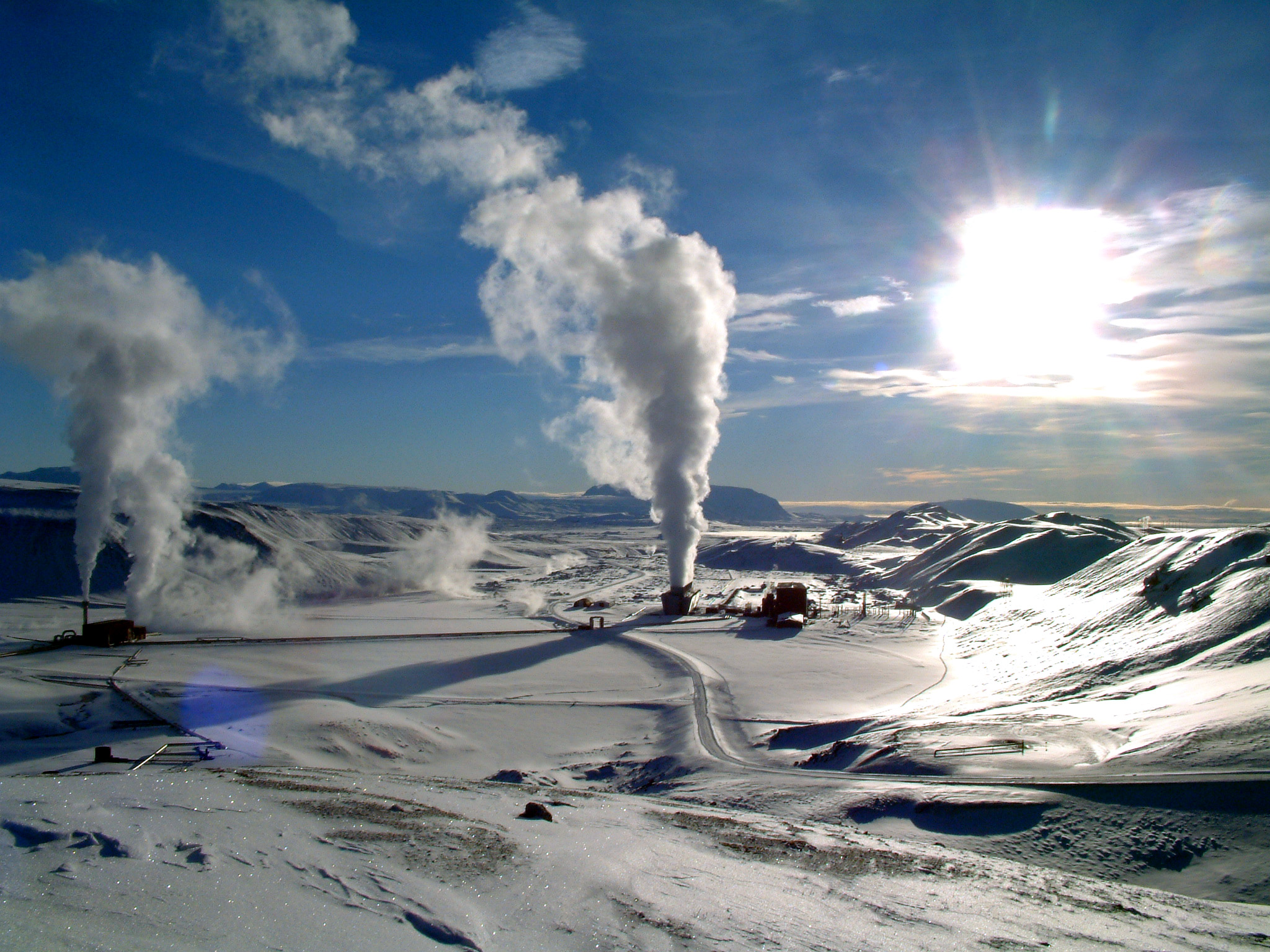Geothermal model success in Iceland has become a global point of reference for sustainable energy development. For decades, the island nation has tapped into its volcanic landscape to generate heat and electricity. Nearly all of its buildings are now powered or heated using underground thermal sources. This strategy has not only reduced dependence on fossil fuels but also positioned Iceland as a leader in green energy policy. As the climate crisis intensifies, several countries are now studying Iceland’s achievements to build their own localized solutions. While each region faces unique geological challenges, the principles behind Iceland’s approach remain widely applicable across continents seeking reliable, low-emission alternatives.
Geothermal Model Sparks Interest from Developing Nations
Emerging economies in Asia, Latin America, and Africa are increasingly looking to replicate Iceland’s model. Although their geologies differ, many have untapped thermal zones that could provide long-term energy security. Governments are now forming partnerships with Icelandic firms and universities. These collaborations offer technical training, feasibility studies, and blueprint guidance based on years of Icelandic data.
At the same time, international funding bodies have stepped in. Organizations such as the World Bank and the Green Climate Fund have introduced grants specifically for geothermal exploration. In countries like Kenya and the Philippines, these funds have helped reduce initial project risks. As a result, local energy developers now find it easier to secure commercial loans for pilot installations.
Despite this momentum, technical challenges remain. Deep drilling in unfamiliar terrain carries high risks and costs. Moreover, local ecosystems often require thorough environmental assessments before projects proceed. Still, with improved data collection methods and global support, more countries now see this as a viable path toward decarbonization.
Global Conferences Highlight Iceland’s Role as Energy Mentor
Iceland has taken center stage in several international forums. Most recently, the country hosted workshops attended by ministers and energy experts from over 20 nations. These meetings explored not just technical replication but also policy frameworks. Attendees examined how Iceland transitioned from oil dependency to renewable dominance within a few decades.
Particular attention was paid to citizen engagement. Public support played a major role in the success of Iceland’s transformation. Outreach programs educated communities early in the process, helping avoid misinformation and opposition. These insights are now considered crucial for any large-scale transition in other countries.
In addition, Iceland’s success with district heating systems is now serving as a blueprint for colder regions in Europe and Central Asia. Urban planners are evaluating how underground networks can replace outdated oil or coal-based systems in residential zones. With rising fuel costs and stricter climate targets, more cities are seeing the value of switching.
Universities Play a Key Role in Technology Transfer
Beyond engineering firms, academic institutions in Iceland have become hubs of knowledge exchange. The United Nations University Geothermal Training Programme, based in Reykjavík, has educated over 700 specialists from more than 50 countries. These graduates return home equipped to lead development in their respective regions.
In parallel, joint research projects are underway between Icelandic universities and partners abroad. These initiatives aim to adapt drilling technologies, improve reservoir management, and address site-specific concerns. In doing so, Iceland continues to position itself not only as a user of green energy but as a global teacher and innovator.
